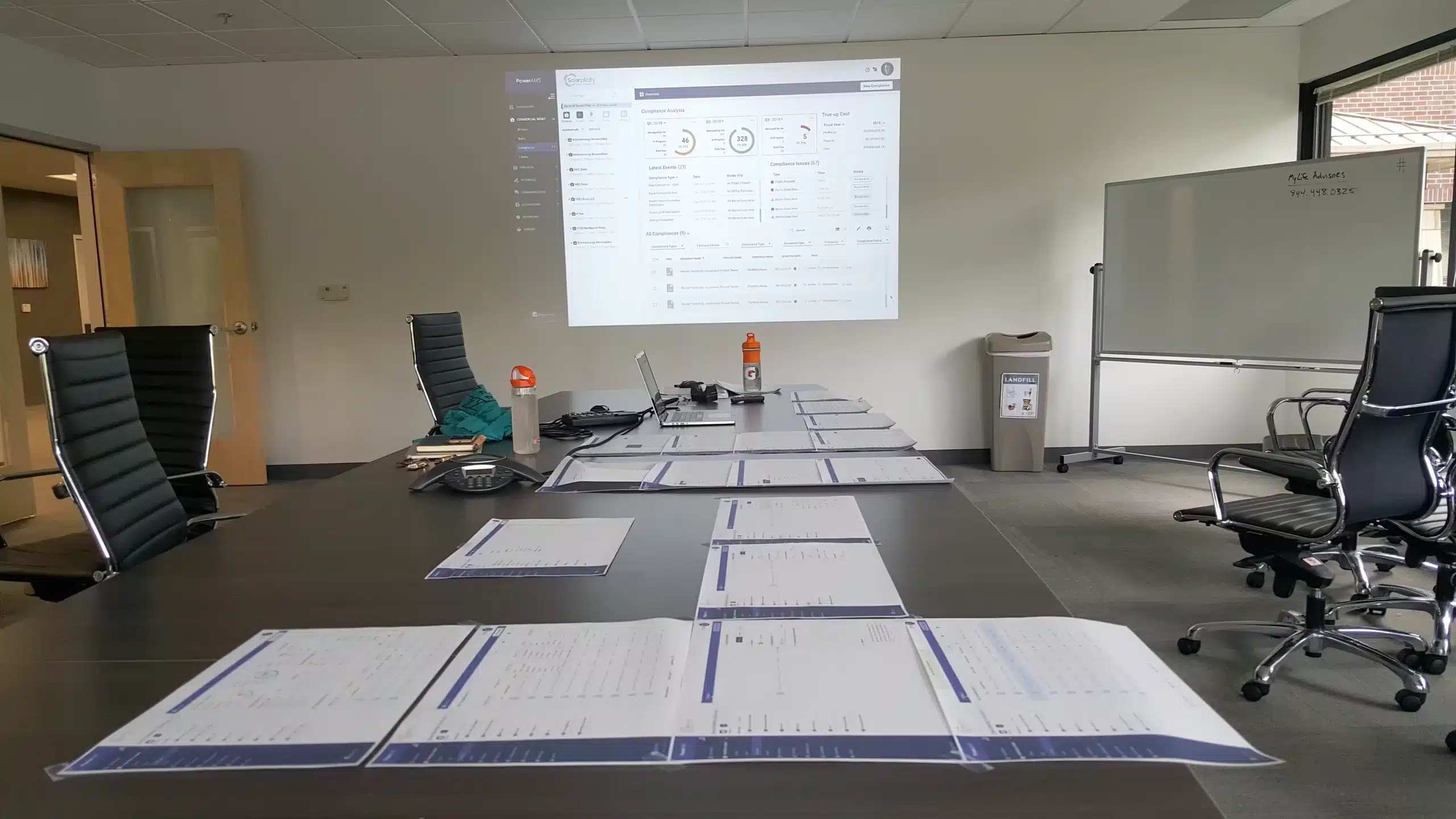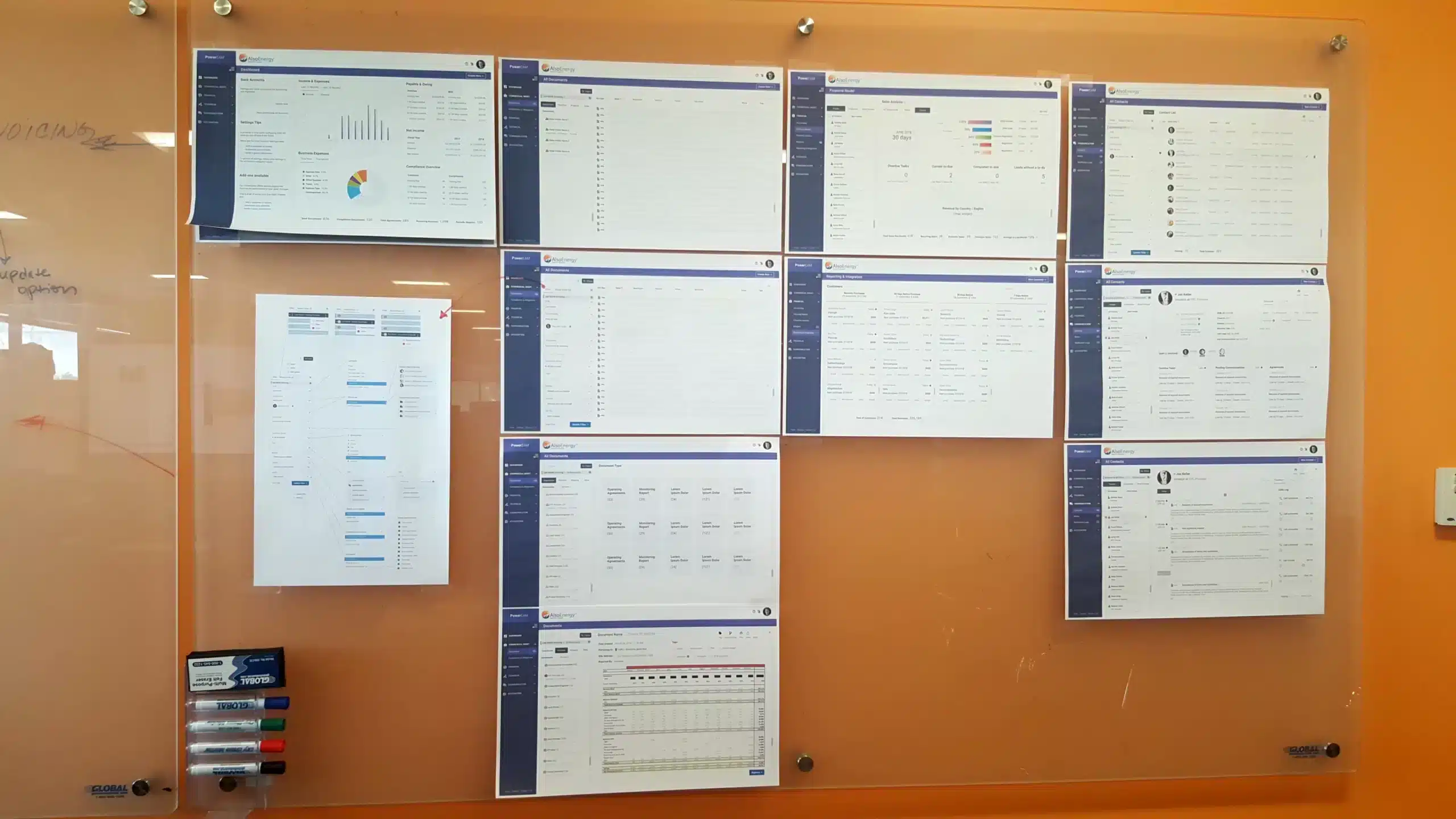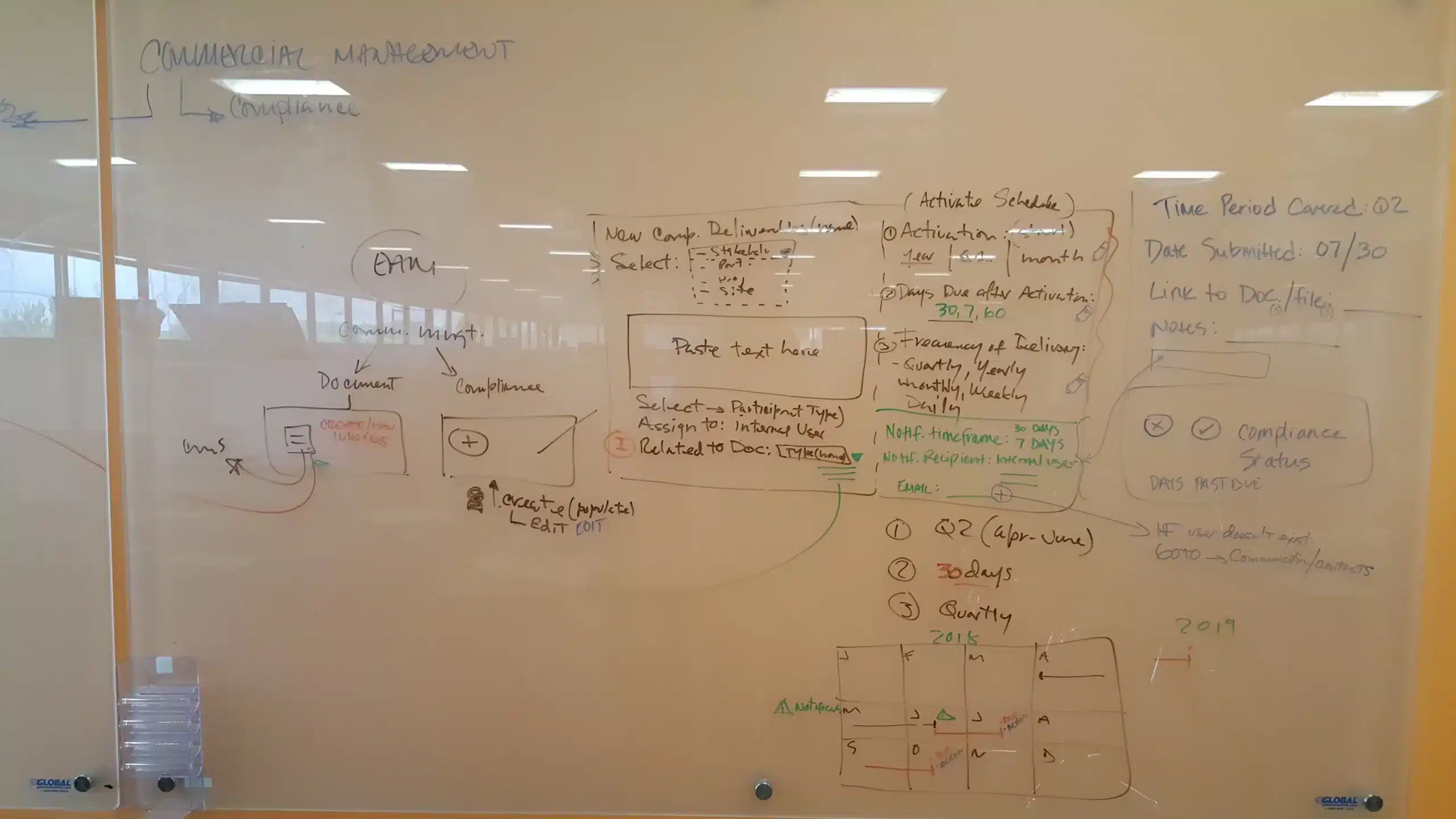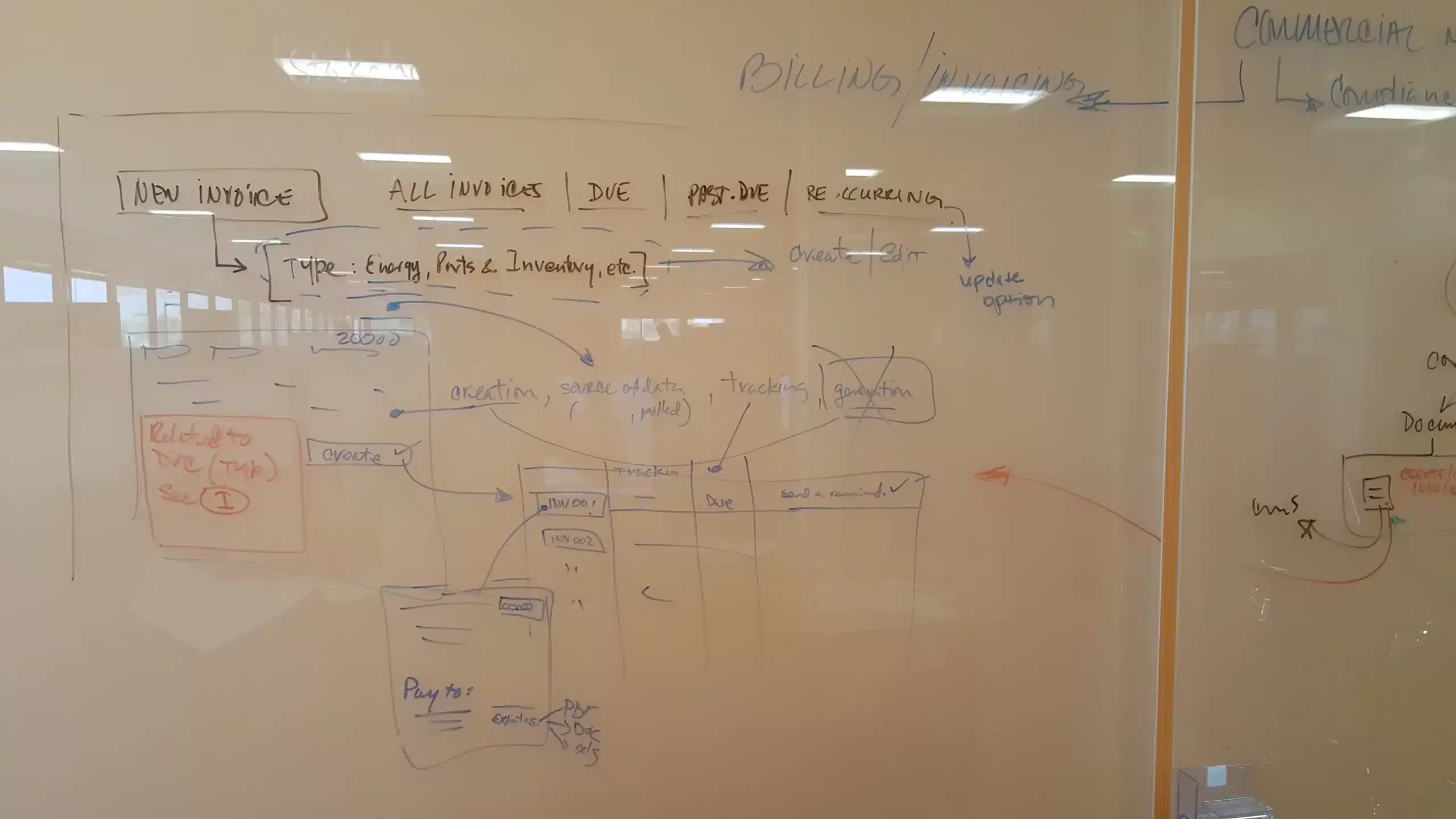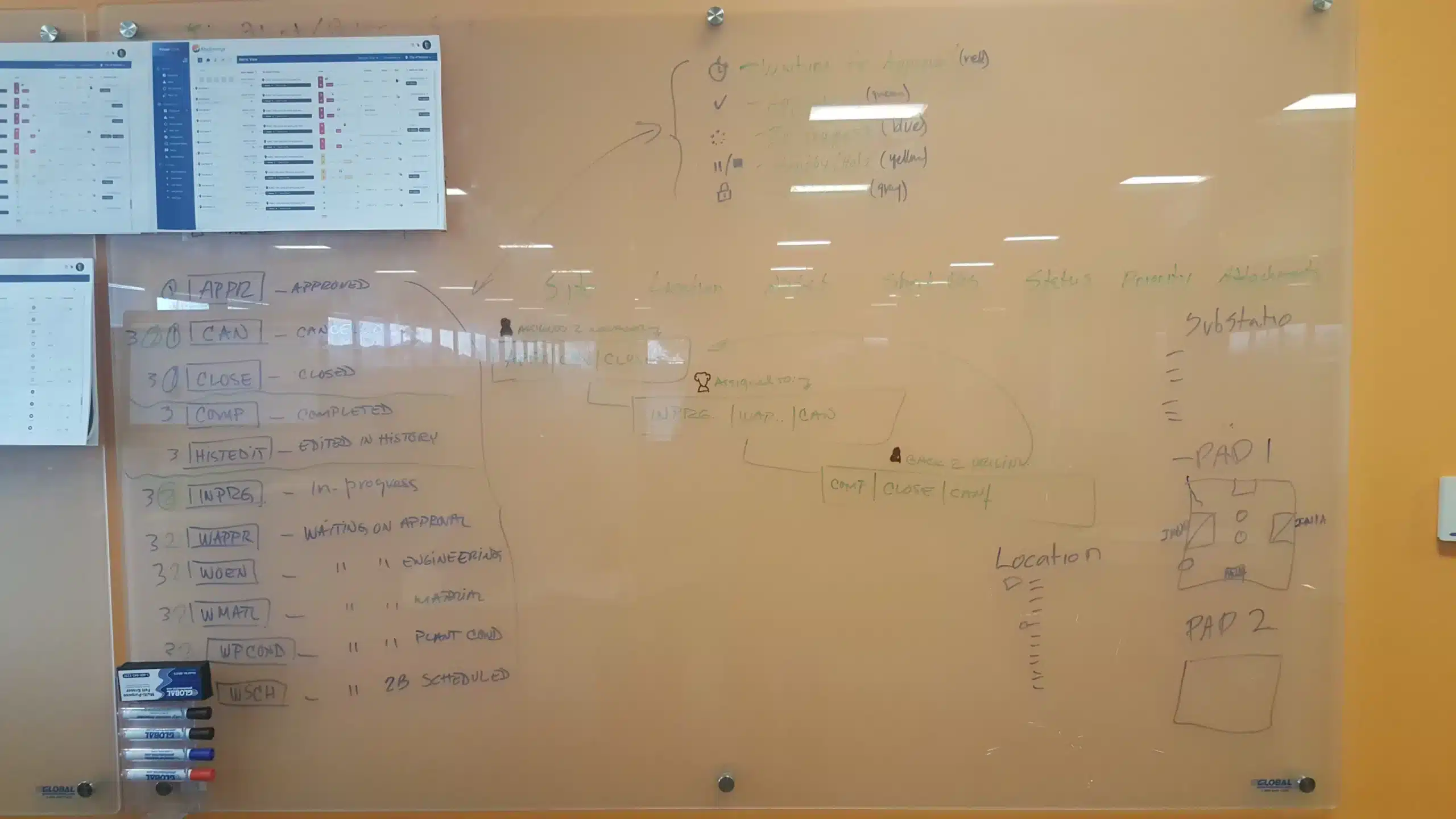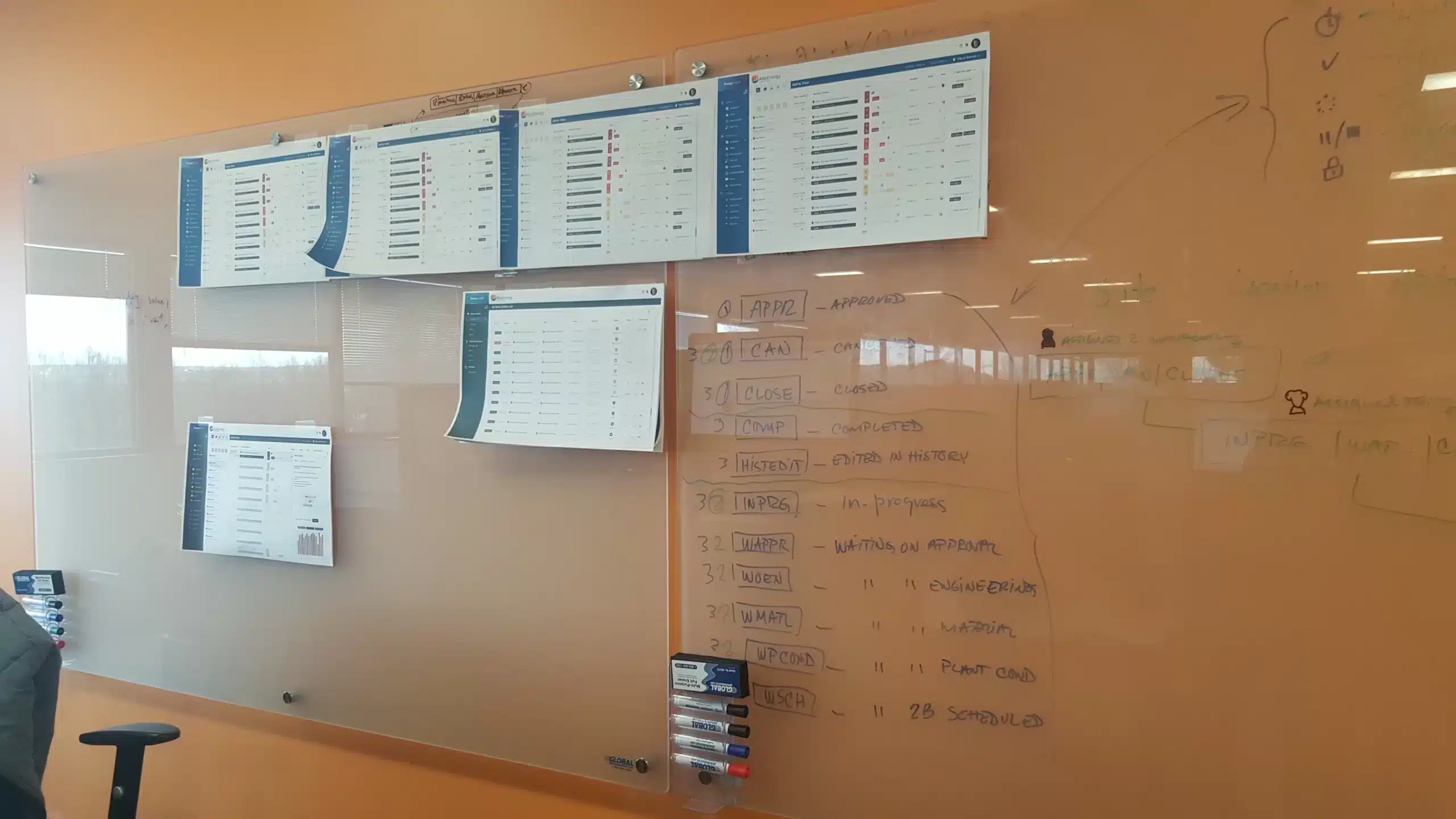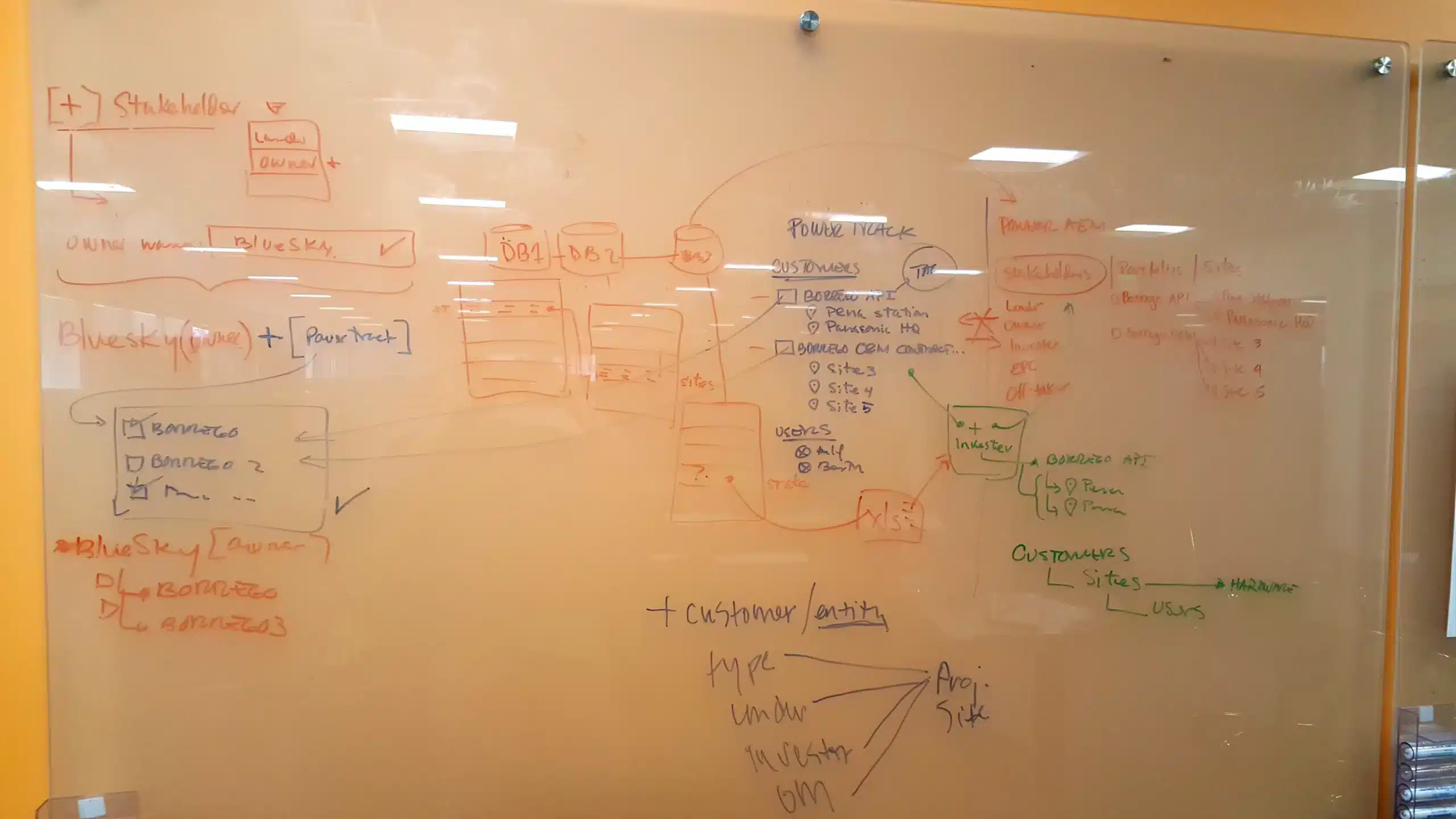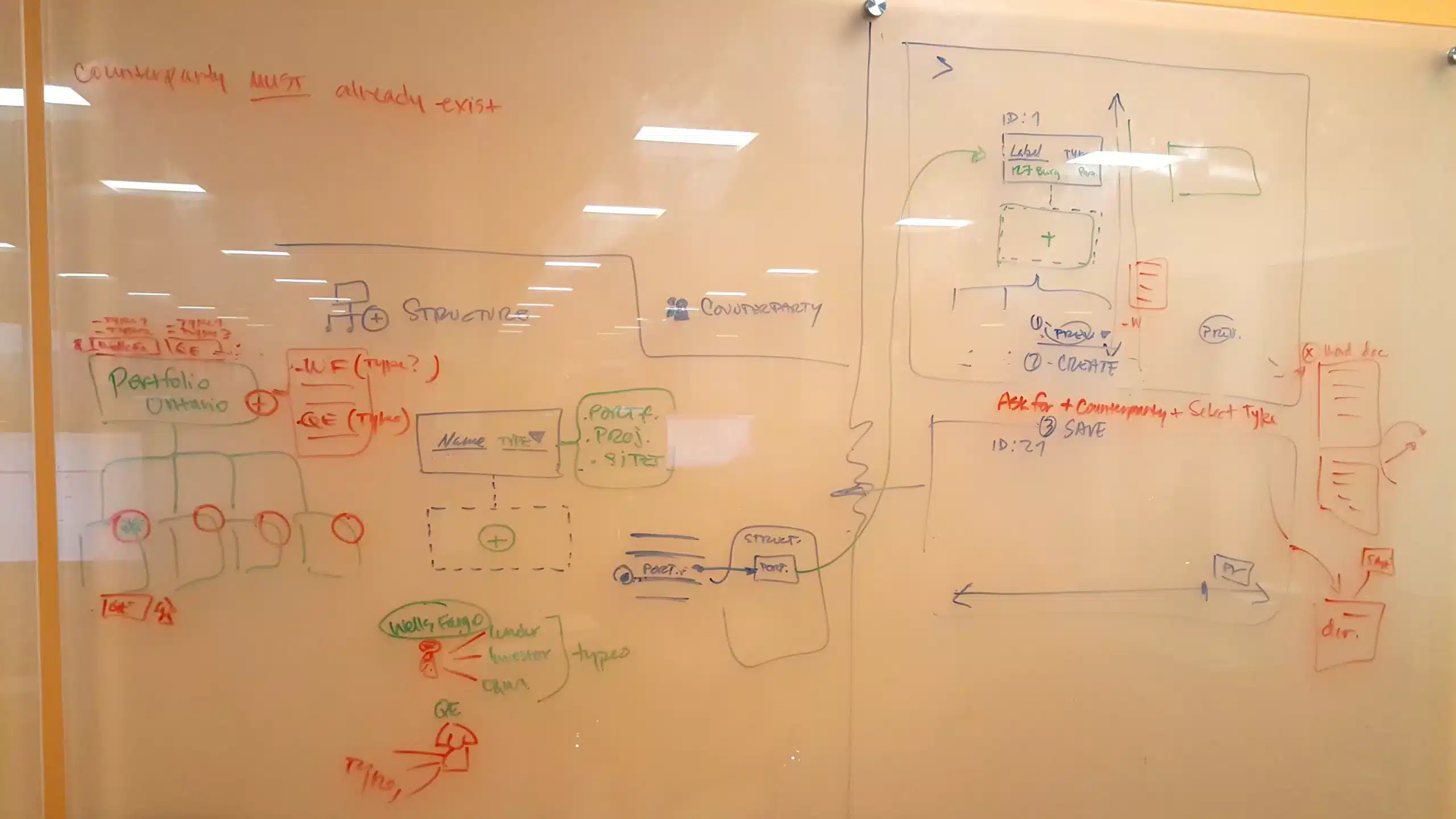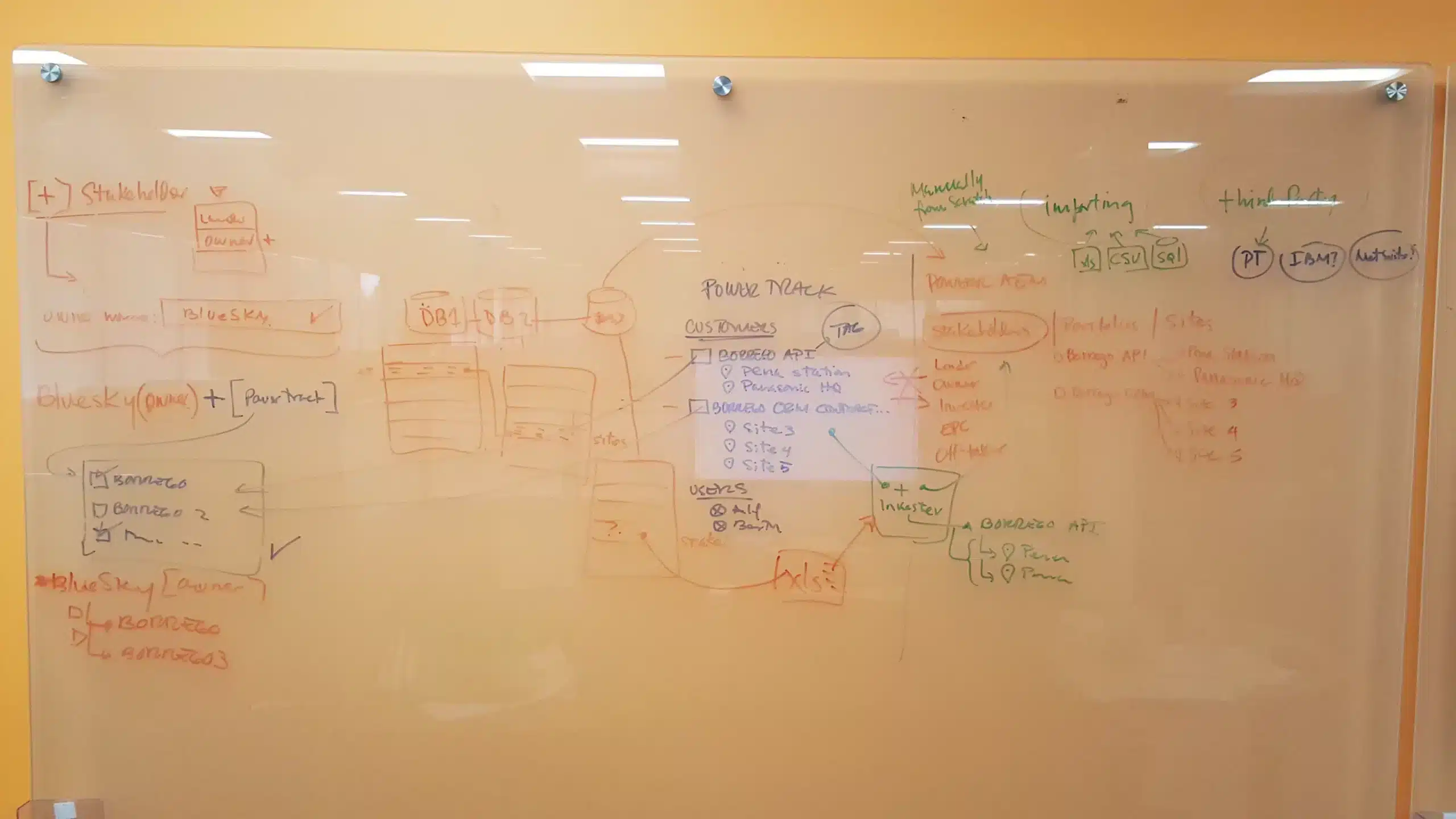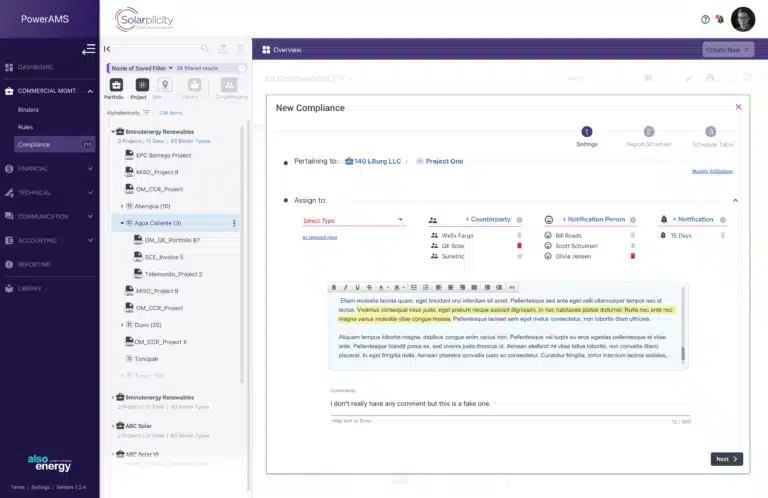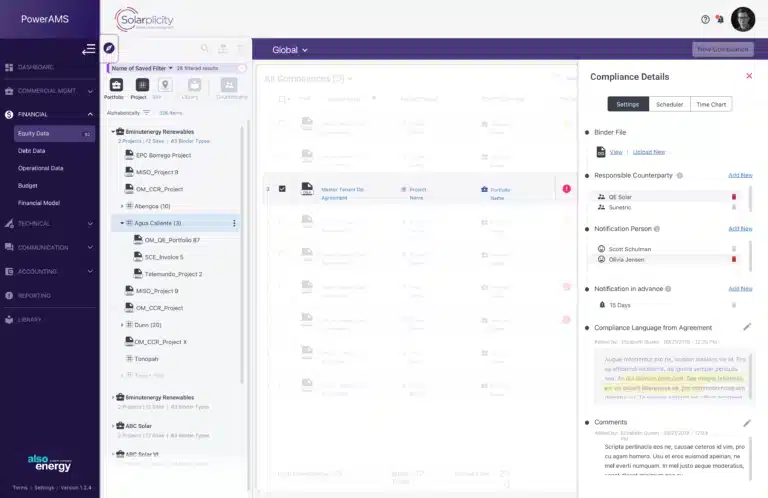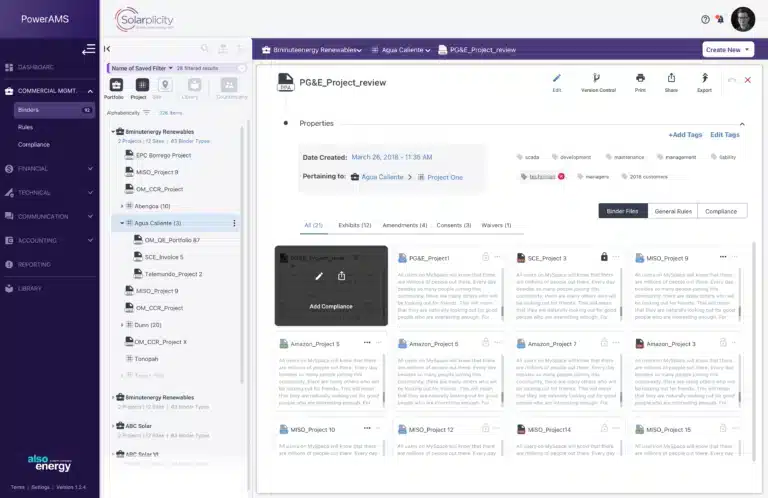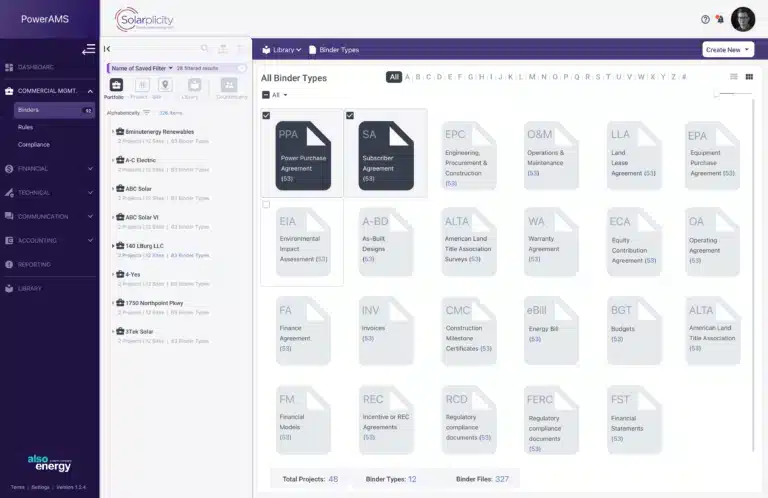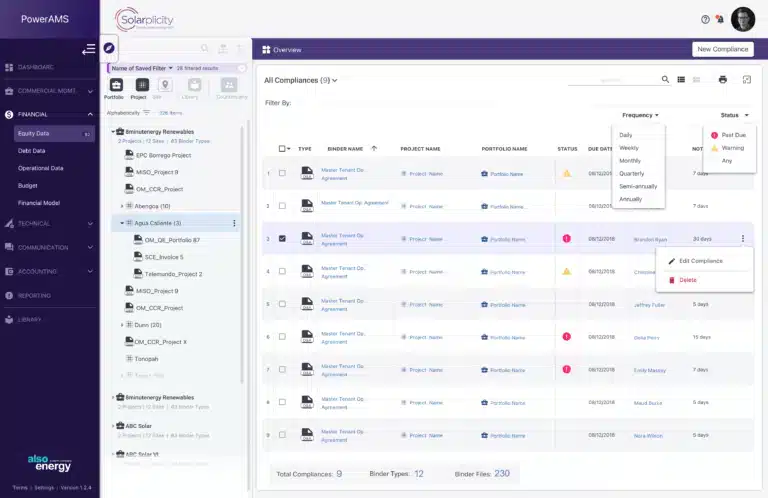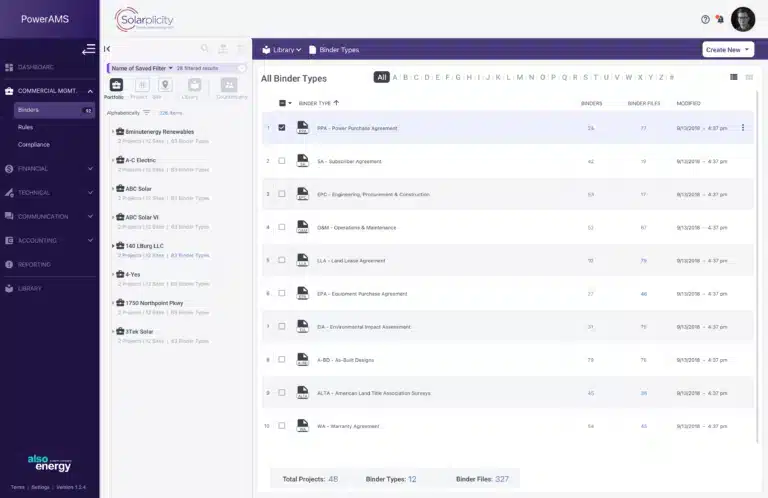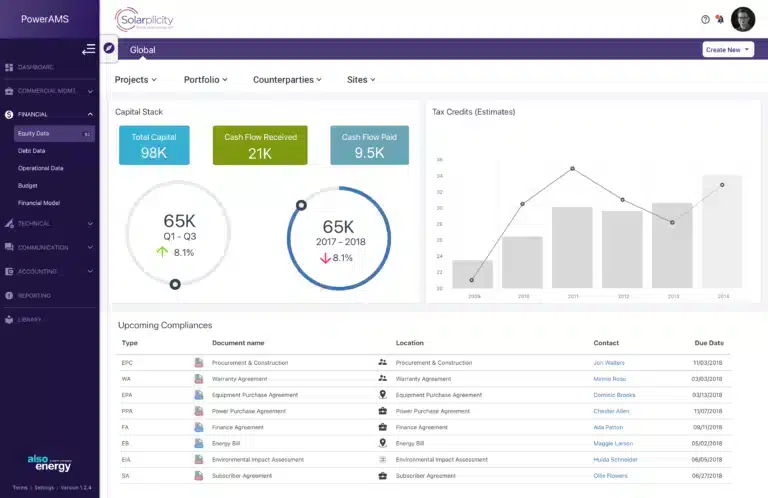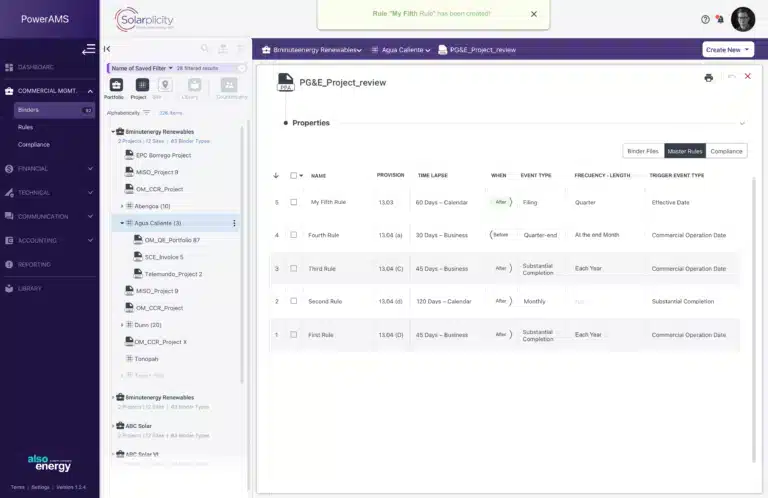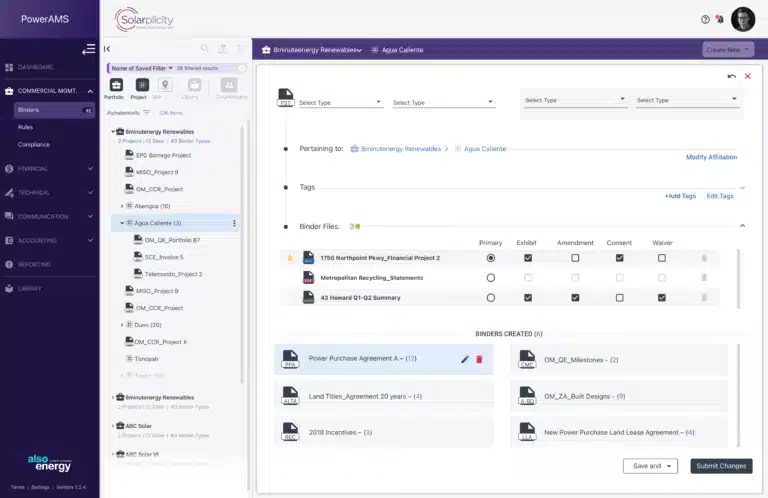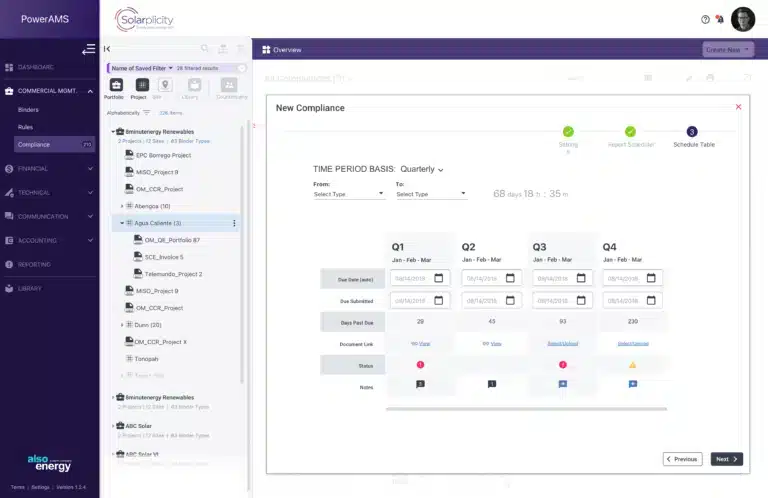PowerTrack™ Asset Management System (AMS)
Designing for Sustainability: The UX Process behind Energy Management Solutions
· A journey requiring thorough research, wireframing, ideation, prototyping, and presentation to stakeholders and developers.
- Home
- »
- Case Studies
- »
- AlsoEnergy: PowerTrack Asset Management System (AMS)

Introduction
AlsoEnergy is a Boulder, Colorado-based company that provides energy management solutions to businesses, schools, and utilities. One of their flagship products is PowerTrack, an energy management platform that enables users to monitor and analyze their energy usage in real-time, thereby improving energy efficiency and reducing costs.
I was brought on board to lead the user experience and UI modernization efforts for the PowerTrack product. However, I faced a significant challenge as I was the only one on the team responsible for the user research tasks. No other experts, like dedicated UX Researchers, Product owners, nor Business analysts, were available to assist me.
Objectives
The primary objective of the Power Track Asset Management System project was to enhance the PowerTrack platform to include asset management capabilities that allow users to track and manage their energy assets. The specific goals of the project included:
- Developing a user-friendly asset management interface.
- Integrating asset data with existing energy data.
- Providing advanced reporting and analytics capabilities.
- Supporting the company’s vision of diversifying its product portfolio and expanding its customer base.
- Positioning the PowerTrack Asset Management System as a more comprehensive and user-friendly alternative to existing energy management solutions.
By achieving these objectives, the project aimed to enable AlsoEnergy to offer a more comprehensive and competitive energy management solution that aligns with their long-term business strategy.
Methodology
As the project lead for the Power Track Asset Management System, I had to design the product from scratch without any previous support or blueprint. To achieve this, we adopted a methodology involving extensive research, developing a proof of concept, and adopting an iterative design process that included:
- Conducting comprehensive research on the energy management market and related technologies better to understand the current trends, challenges, and opportunities. This research was used to inform the design of the asset management system and ensure that it met the evolving needs of the market.
- Developing a proof of concept (POC) to test the feasibility of the asset management system and its integration with the existing PowerTrack platform. The POC allowed us to identify potential technical issues and refine the system’s design before beginning full-scale development.
- Adopting an iterative design process to create a user-friendly interface that meets the needs of a diverse range of users. This involved creating wireframes, mockups, and prototypes of the system and gathering user feedback throughout the development process to ensure that the final product met their needs.
By using this methodology, we were able to create a unique and comprehensive asset management system that addressed the specific needs of the energy management market while providing a user-friendly interface that is easy to use and customize.
Results
The Power Track Asset Management System project was completed within the specified timeline and budget. The new system was integrated seamlessly into the existing PowerTrack platform and included the following key features:
- Asset tracking and management capabilities enable users to manage their energy assets and equipment more efficiently.
- They have advanced reporting and analytics capabilities that allow users to gain deeper insights into their energy consumption and identify opportunities for optimization.
- A user-friendly interface that simplifies the process of managing energy assets and accessing critical data.
Conclusion
By integrating asset management capabilities into the existing PowerTrack platform, we provided users with a comprehensive energy management solution that enabled them to optimize their energy usage and reduce costs further.
In contrast, the regular feedback and review sessions with stakeholders ensured the system met their requirements. Overall, the Power Track Asset Management System project demonstrated the value of using a structured approach to software development and the benefits of close collaboration between business analysts, specialists, contractors, and developers.
Project Details
-
Client AlsoEnergy Inc.
-
Product PowerTrack Web - Asset Management System (ASM)
-
Industry Renewal Energy (Solar and Wind)
-
Category React JS Web Application
-
Design Tools · Balsamiq Mockup
· Sketch App
· Principle -
Years 2018 - 2019
Designing for the Future of Energy Management
Problem statement
Before developing the Power Track Asset Management System, AlsoEnergy faced several challenges, including:
- Lack of a comprehensive asset management solution: The existing PowerTrack platform did not provide asset management capabilities, leaving users unable to track and manage their energy assets effectively.
- Difficulty in integrating asset data: Without a dedicated asset management system, it was challenging to integrate asset data with existing energy data, leading to incomplete and inaccurate reporting.
- User feedback: Existing users requested a more comprehensive and user-friendly energy management system that would enable them to gain deeper insights into their energy usage and optimize their energy consumption further.
- Increased competition: The energy management market is highly competitive, and AlsoEnergy needed to develop a unique and comprehensive product to stay ahead of its competitors.
- Lack of expertise: As the product lead for the Power Track Asset Management System, I had to design the product from scratch, without any previous support or blueprint. This required extensive research and collaboration with an external specialist contractor to ensure that the product met the needs of the market and the company's long-term goals.
Goals
The primary goal of the Power Track Asset Management System project was to enhance the PowerTrack platform to include asset management capabilities that allow users to track and manage their energy assets. The specific goals of the project included:
- Developing a user-friendly asset management interface.
- Integrating asset data with existing energy data.
- Providing advanced reporting and analytics capabilities.
- Supporting the company's vision of diversifying its product portfolio and expanding its customer base.
- Positioning the PowerTrack Asset Management System as a more comprehensive and user-friendly alternative to existing energy management solutions in the market.
Approach
To achieve the goals of the project, we adopted an approach that included several key steps:
Research
We conducted extensive research on the energy management market and related technologies, including trends, challenges, and opportunities. This research informed the design of the asset management system and ensured that it met the evolving needs of the market.
Wireframes
Using the personas and the research data, we developed wireframes of the asset management system. These wireframes were refined based on feedback from users and stakeholders to ensure that the final product met their needs.
Design & Prototype
We developed a clean and modern design for the asset management system that aligned with AlsoEnergy's brand and provided a consistent user experience. The design was refined based on feedback from users and stakeholders throughout the development process.
Development Considerations
We worked closely with an external specialist contractor to ensure that the asset management system was developed using the latest technologies and best practices. This included using cloud-based infrastructure, scalable databases, and secure data transfer protocols.
User testing
We conducted extensive user testing throughout the development process to ensure that the asset management system met the needs of users and provided a user-friendly experience. The feedback from these tests was used to refine the design and functionality of the system.
Outcome
The PowerTrack AMS project delivered positive results, fulfilling its objectives and meeting stakeholders’ expectations. The system’s enhanced asset management features allowed users to efficiently monitor and manage their energy assets, while the advanced analytics and reporting capabilities provided deeper insights. After my departure from the company, the project was carried on by the team, and it is likely that it was further developed and refined upon its launch.
Do you have any comments, recommendations, or want to drop me a line?

